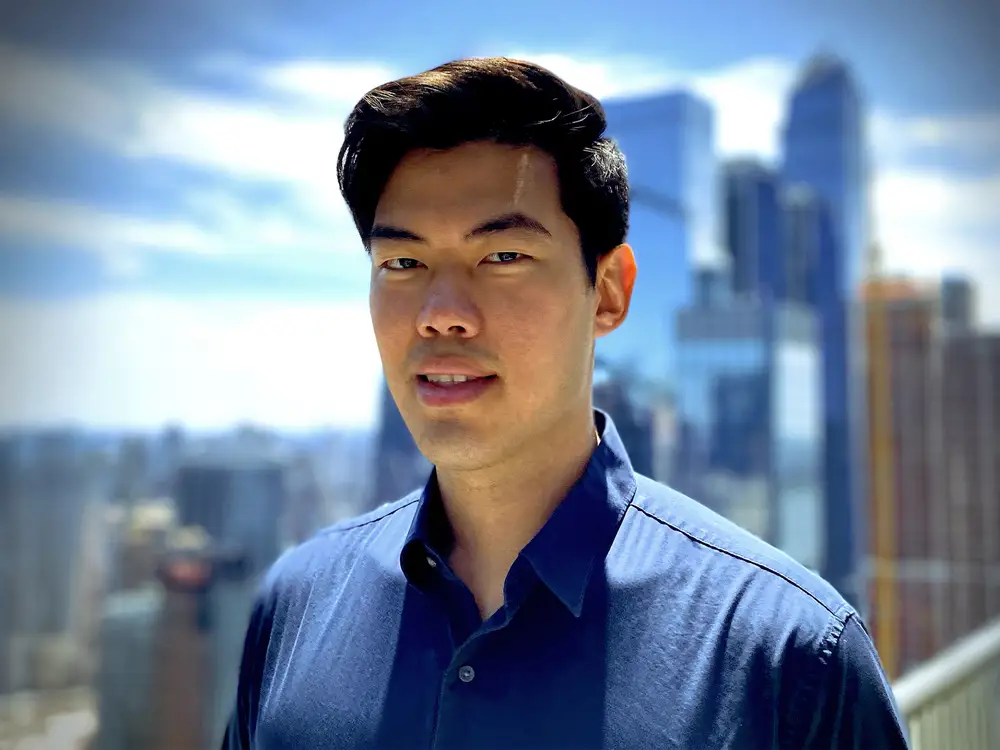I left a career at Amazon and Microsoft to start a hedge fund. After raising almost $10M in my first year, I’m never going back to Big Tech.

If you ask Alexa to play Taylor Swift, my team built the system that recommends similar songs to listen to afterward.
I studied computer science and philosophy at Carnegie Mellon during college and always thought I would work in engineering. I applied to work at Amazon during my senior fall semester in college and started at Amazon Alexa right after graduating. I was hired as a software engineer in Seattle, creating and building the music recommendation system and overseeing a team of three engineers.
It was a good mix of my passion for music and engineering, but eventually, I left Amazon for Microsoft and then left tech to start a hedge fund with about 80 investors.
I raised almost $10 million from friends, family, high-net-worth individuals, influencers, and others in the hedge fund space that first year. I still love engineering, but hedge funds make money, so they’re much more fun.
Amazon taught me how to prioritize and be efficient
Working at Amazon, I learned that its ethos differs from other tech companies.
Google and Meta are more engineering-focused. Microsoft aims to build the best tool for the customer, even if it takes extra time. Amazon, on the other hand, seeks to make things fast.
Instead of building it right the first time, Amazon allowed me to create the minimum viable product usable to meet the deadline. While working there, I learned a lot about prioritization and efficiency.
Still, after about three years, I wanted to explore new roles. A Microsoft recruiter reached out to me via LinkedIn. I took the call and was intrigued by their offer of an engineering-heavy business role. I would work directly with engineers to build and plan the machine translation system used by Microsoft Azure.
I liked the opportunity to combine my strengths in engineering and business for this role, so I accepted it in 2020.
I learned a lot in tech and used it to launch my hedge fund career
I loved working at Microsoft and worked there for about three years. In my free time, I dabbled in hedge funds, which are any fund using a non-traditional investment style.
One crucial learning takeaway that helped me in my future endeavors was technical debt — if you build something too quickly and take shortcuts, you may spend twice the time just fixing the bugs.
I can tell if a product wasn’t built right or if it might incur additional unforeseen costs that other hedge fund managers may not know about. Also, because I built statistical models and AI algorithms recommending songs to users at Amazon Alexa Music, I understand the statistical behavior of price movements. This allows me to take a more data-driven, probabilistic approach to trading, while most fund managers focus on financials.
After 6 years, I left Big Tech for the finance industry
I specifically invest in options trading after volatile events. I always loved it, but I never thought I could do it full-time.
Along the way, I discovered a very lucrative strategy for trading in a specific niche in the options market. I did this for fun with my portfolio through 2020 and 2022. It was during the pandemic in 2022 that I realized that NASDAQ was down 33%. That year, I proved my strategy in a bear market and felt confident enough to pursue this as a serious career.
For years, my friends and family asked to invest with me, and I was finally comfortable trading with their money. I left Microsoft in April 2023 to work on the hedge fund full-time. I worked extremely hard during my first year of fundraising and trading simultaneously and was very stressed.
Fundraising was difficult initially, but I allowed investors to try with a small amount first and see the returns for themselves. The minimum amount to invest is $100,000.
I love trading and plan to do it forever
Since our trades are weekly, I allowed them to withdraw any week if the performance was poor. This was highly unusual and risky for hedge funds because they could withdraw any week, and my fund would die. However, I was confident I could perform. After several months of good performance, many of my investors doubled or tripled their investments.
And now, more folks continue to invest through word-of-mouth.
I aim to grow this to a $100 to $200 million fund in the next few years. It’s just me, so it’s a lot of work, although I have part-time analysts helping. Once reaching $100 million, I can hire more analysts and expand the strategy.
I love trading. It’s fascinating because it’s like solving a puzzle every single day. As an engineer, I was making a solid six figures a year. It depends on how much profit I generate this year, but if my fund is $15 million and I achieve the 30% yearly profit target, I’ll make $1.2 million.
I enjoyed solving complex engineering challenges, but trading offers a more dynamic, fast-paced environment and I plan to do this for the rest of my life.






